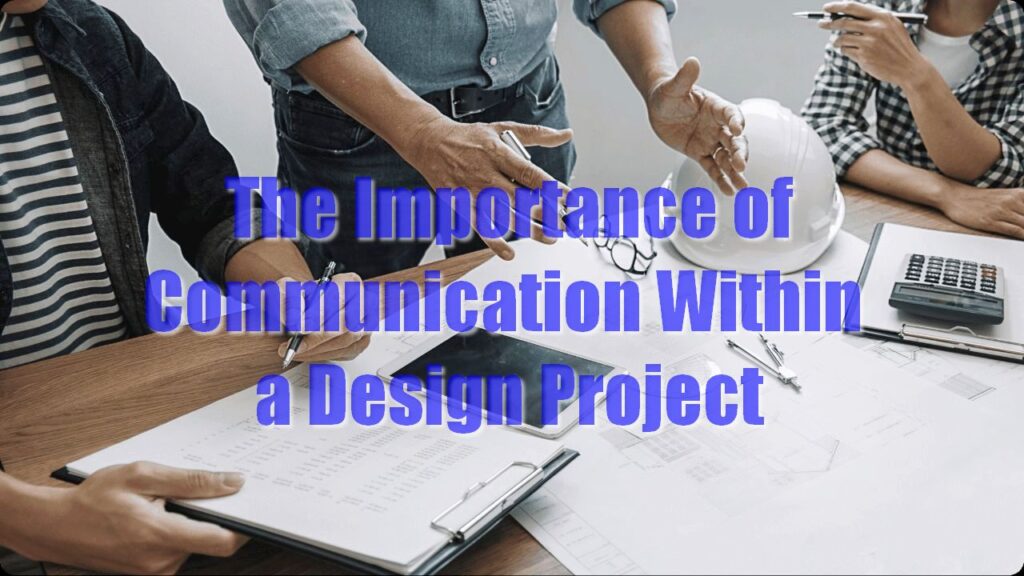Effective communication is the cornerstone of successful design projects, playing a pivotal role in ensuring that ideas are accurately conveyed, expectations are aligned, and outcomes meet the desired objectives. It’s great that now effective communication can become a reality thanks to various popular tactics and solutions like https://telesim.com/. In the dynamic and collaborative world of design, where diverse skill sets and perspectives converge, communication serves as the glue that binds the various elements together. This article explores the significance of communication within a design project, emphasizing its impact on creativity, collaboration, and, ultimately, project success.
Fostering Creativity

Clear and open communication is fundamental to establishing a shared vision and objectives for a design project. When team members have a unified understanding of the project’s goals, they can channel their creativity more effectively toward achieving these objectives. A well-communicated design brief, for instance, provides a roadmap that guides the creative process, ensuring that all contributors are on the same page and working towards a common goal. Without effective communication, ambiguity may arise, hindering the creative process and leading to divergent interpretations of the project’s purpose.
Collaboration and Cross-functional Synergy
Design projects often involve collaboration among individuals with diverse skills, such as graphic designers, UX/UI experts, and project managers. Effective communication becomes the linchpin for ensuring that these different skill sets synergize seamlessly. Regular team meetings, status updates, and collaborative tools facilitate the exchange of ideas and ensure that everyone is well-informed about project developments. Transparent communication also enables cross-functional teams to understand each other’s perspectives, fostering a collaborative environment where each team member feels valued and contributes optimally.
Client-Designer Relationship

Communication is equally crucial when establishing and maintaining relationships with clients. Design projects are inherently client-driven, and understanding their expectations is paramount. Regular communication channels, such as client meetings, feedback sessions, and progress reports, allow designers to align their work with the client’s vision. Additionally, clear communication helps manage client expectations, avoiding misunderstandings that may arise if assumptions go unaddressed. Open dialogue allows designers to incorporate client feedback iteratively, ensuring that the final product not only meets but exceeds client expectations.
Navigating Challenges and Iterative Improvement
In any design project, challenges are inevitable. Whether it’s a technical obstacle, a shift in client requirements, or unforeseen constraints, effective communication is the key to navigating these challenges successfully. Open lines of communication encourage team members to share concerns, brainstorm solutions collectively, and adapt to changing circumstances. Additionally, iterative feedback loops thrive on clear communication, allowing for continuous improvement throughout the design process. Without effective communication channels, challenges may escalate, leading to delays, misunderstandings, and compromised project outcomes.
Enhancing Project Efficiency and Timeliness
Timely and efficient completion of a design project is often contingent on effective communication. Well-defined timelines, regular progress updates, and streamlined communication channels contribute to project efficiency. Timely communication of milestones and potential roadblocks enables teams to make informed decisions and adjustments promptly, preventing minor issues from snowballing into major setbacks. Efficient communication also minimizes the risk of miscommunication-related errors, reducing the need for rework and ensuring that the project stays on course.
In conclusion, the importance of communication within a design project cannot be overstated. It serves as the bedrock for creativity, collaboration, client satisfaction, problem-solving, and overall project success. Designers and project stakeholders alike should prioritize clear and transparent communication to foster a positive working environment and deliver exceptional outcomes.
